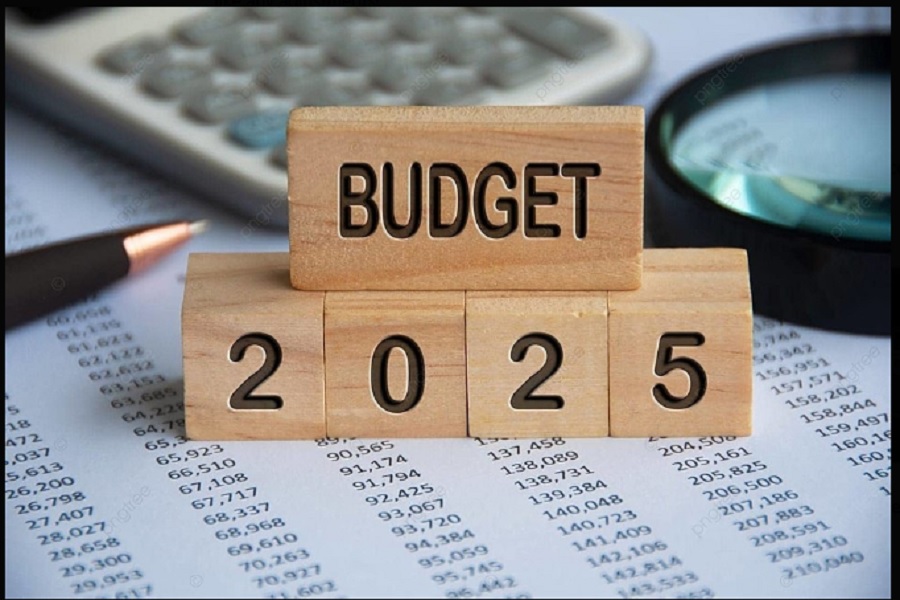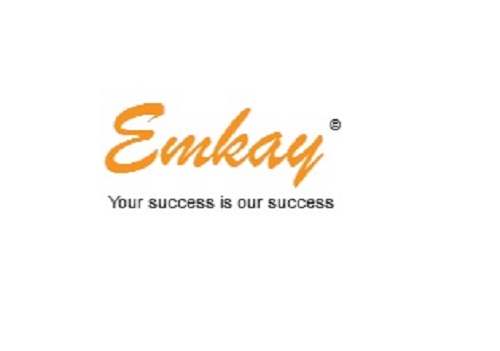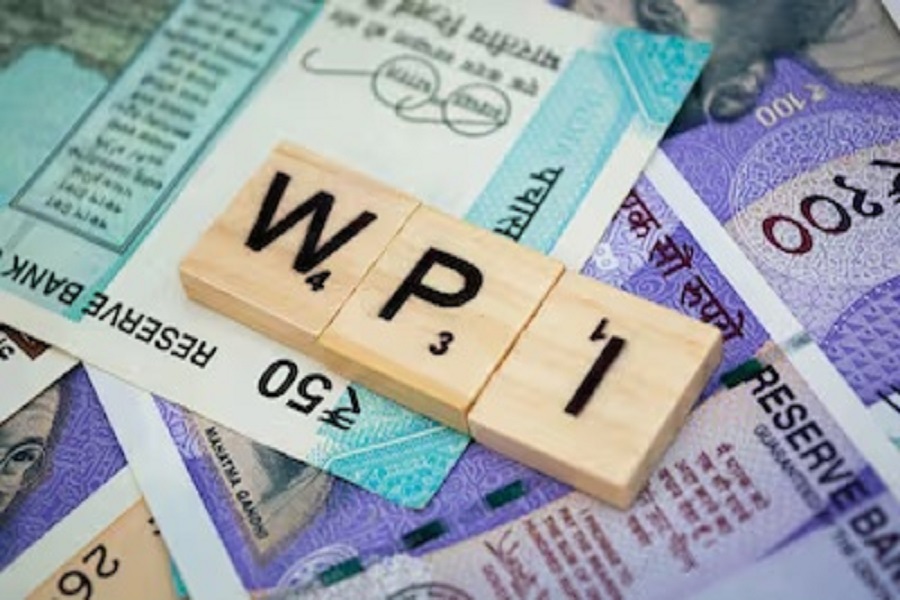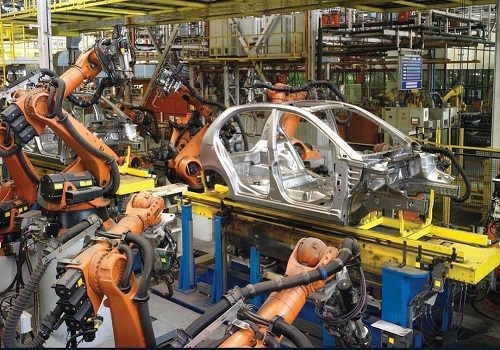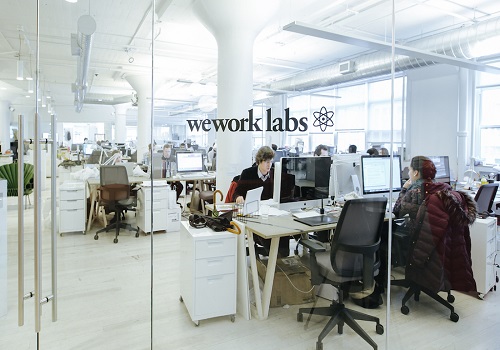Quote on Budget by Arvind Kothari, smallcase Manager and Founder of Niveshaay

Below The Quote on Budget by Arvind Kothari, smallcase Manager and Founder of Niveshaay
“The Union Budget 2025 reflects the government’s commitment to balancing fiscal discipline with growth-oriented reforms, aiming to support India’s economic recovery amid global uncertainties. With a projected GDP growth of 6.3–6.8% for FY26 and a fiscal deficit target of 4.4% (down from 4.8%), the budget strikes a prudent balance between fiscal consolidation and economic expansion.
A key highlight is the continued emphasis on capital expenditure (capex), with an allocation of Rs.11.21 trillion for FY26, up from the revised estimate of Rs.10.18 trillion in FY25. The effective capex, including grants for capital asset creation, is pegged at Rs.15.48 trillion, reinforcing the government’s focus on infrastructure development as a key growth driver. This sustained investment is expected to create a multiplier effect across sectors like construction, real estate, and industrial manufacturing, aligning with our exposure to infrastructure-linked investments.
The 2025-26 budget emphasizes a cleaner, stronger power sector, crucial for "Viksit Bharat." It incentivizes power distribution reforms and transmission capacity improvements while aggressively pursuing nuclear energy, targeting 100GW by 2047 and promoting Small Modular Reactors. Support for domestic clean tech manufacturing, including solar, EV batteries, and wind turbines, aims to boost self-reliance. While the focus on large-scale projects is evident, further clarity on incentives for distributed renewable energy like rooftop solar is needed for a complete picture of India's green energy strategy.
The budget’s underlying theme also seems to promote consumerism and boost domestic demand. This is evident through measures like income tax relief for the middle class, which increases disposable income, encouraging higher spending. Additionally, the modified UDAN scheme and the plan to develop 50 key tourist destinations aim to improve regional connectivity and tourism, indirectly boosting sectors like hospitality, retail, and local businesses. Combined, these initiatives are designed to stimulate consumption, drive economic activity, and create employment opportunities.
Overall, Budget 2025 presents a growth-friendly framework that complements our growth across key sectors like infrastructure, and consumer-driven businesses, fostering long-term value creation in a stable macroeconomic environment.”
Above views are of the author and not of the website kindly read disclaimer
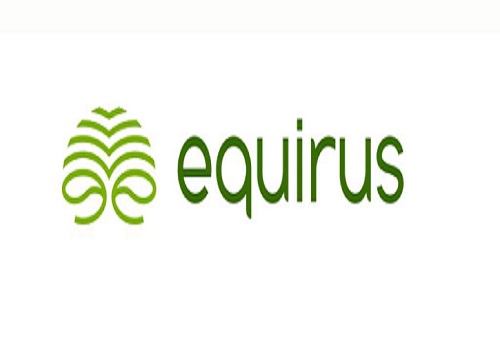
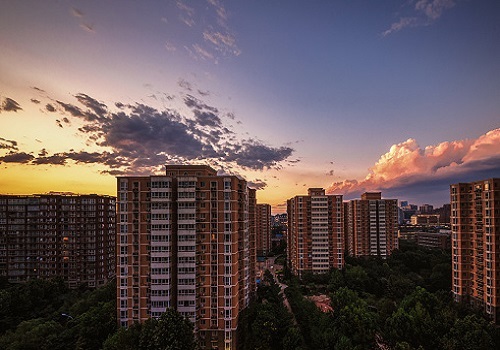


.jpg)


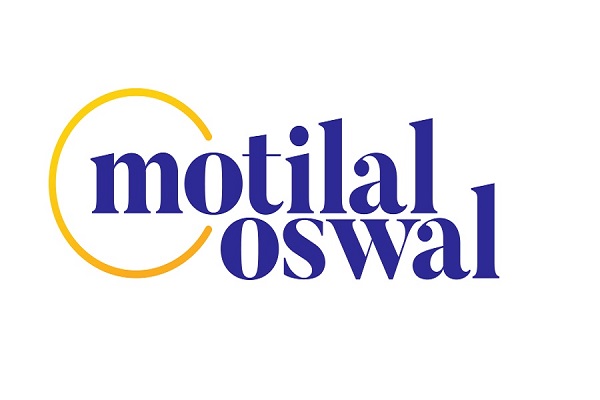
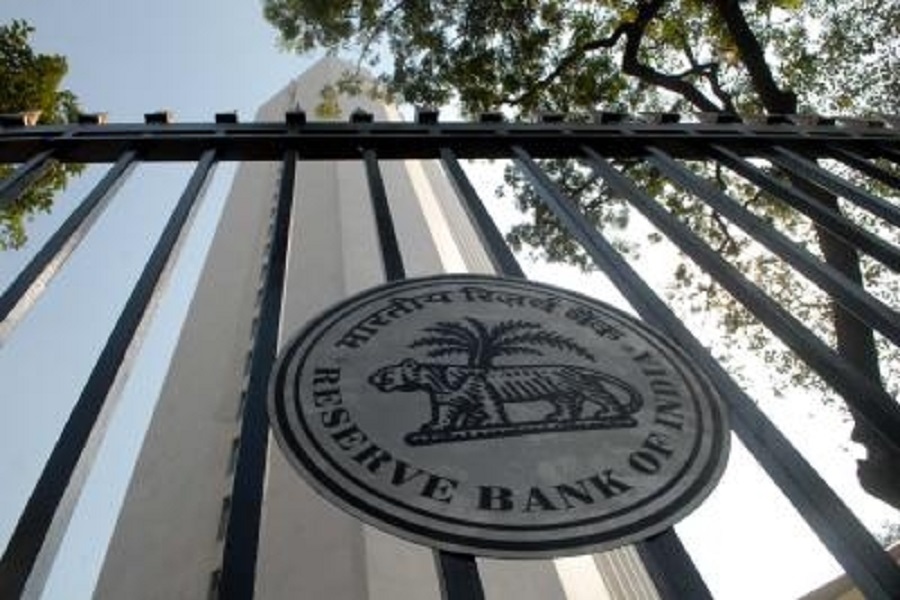

Tag News
.jpg)
Quote on Automotive Year ender by Mr.Sanjeev Babbar, Director, JCBL Ltd


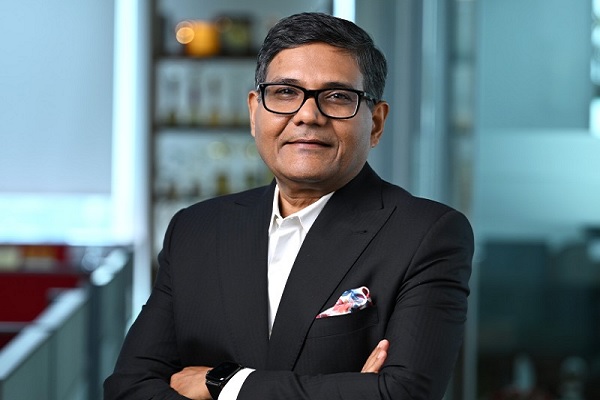
More News
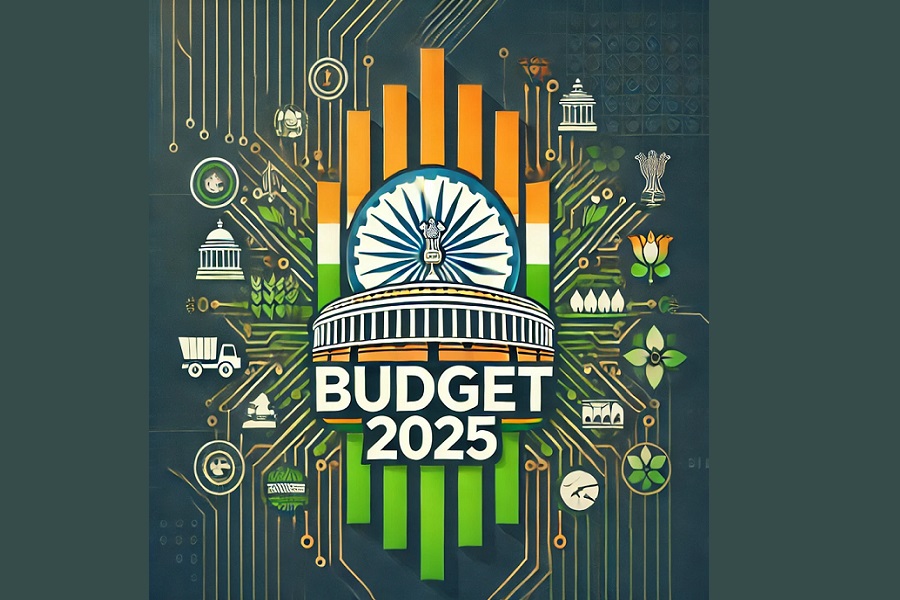
Impact of Budget announcement on the Alternative Investment Funds By Mr. Narinder Wadhwa, Ma...
